Just as the elephants need to be sustained, supported and protected, so too does the land that they roam across, that sustains and supports them.
The beauty but also difficulty of conservation is how interlinked every part of the whole is. Much like caring for a baby elephant orphan, there are many factors to give attention to. The wilderness around us needs constant attention, as there is plenty to consider: rain capture, dam maintenance, alien vegetation, top soil, tree health, biodiversity…
To continue to maintain and sustain the land we live on, the land that supports us, and an abundance of animal life, including the Jabulani elephant herd, we recently embarked on a new land microproject.
We are delighted to report back about the land microproject fundraiser that we ran three months ago on GlobalGiving. The kindness and support of people around the world for the project was overwhelming, and we managed to reach our goal in just one day! Our team have been busy and managed to do a lot of the work of environmental management without the use of expensive heavy machinery which we had budgeted for. Instead we gave much needed temporary work to local labourers that had been hard hit during Covid-19, as part of our ongoing goals to work together with the local communities we are apart of and to provide opportunities for the people around us to benefit from tourism and conservation.
Our different projects included not only local labourers but also women from the families and communities of many of our existing staff members. It has been incredible to share in the work and see how we can all come together to help one another and the environment.
The contribution of donors to our microproject on GlobalGiving went beyond our project and helped put some food on other tables too!
Our project goal was to cover 50 hectares in the Kapama Private Game Reserve where we are situated alongside HERD elephant orphanage. The team has completed an area of 42,6 hectares. With the other half of the funding, we aim to do another 50 hectares and more if possible. The ultimate goal would be to cover at least 1000 hectares surrounding the frequently traversed pieces of land around the stables, but that will take time, patience and perseverance, and considerable costs. We will take it one piece of land at a time!
Adine explains the project in this video below – where you can see the difference between a portion of untreated land versus a treated piece of land.
Brushpacking, as we refer to it, helps rejuvenate the land where there has been a lot of foot traffic from the elephants especially over time. The soil is turned and afterwards interlocked with thorn branches that both stimulate growth and create a barrier to flowing water from heavy rains, that could wash away valuable topsoil. This will provide grass seeds entering from the surrounding environment with a microhabitat suited for germination.
As part of the project we needed to remove some of the alien vegetation in the reserve – namely a plant known in Afrikaans as Jakob Regop (Latin name: Zinnia Elegans). To do so, we recruited several women from our communities to spend a day working with our team to pull out these plants after the flowers had bloomed and before the seeds started to disperse. This project has proven to be very successful and we are planning on future removals again, involving our community. The ladies were so very grateful for work!
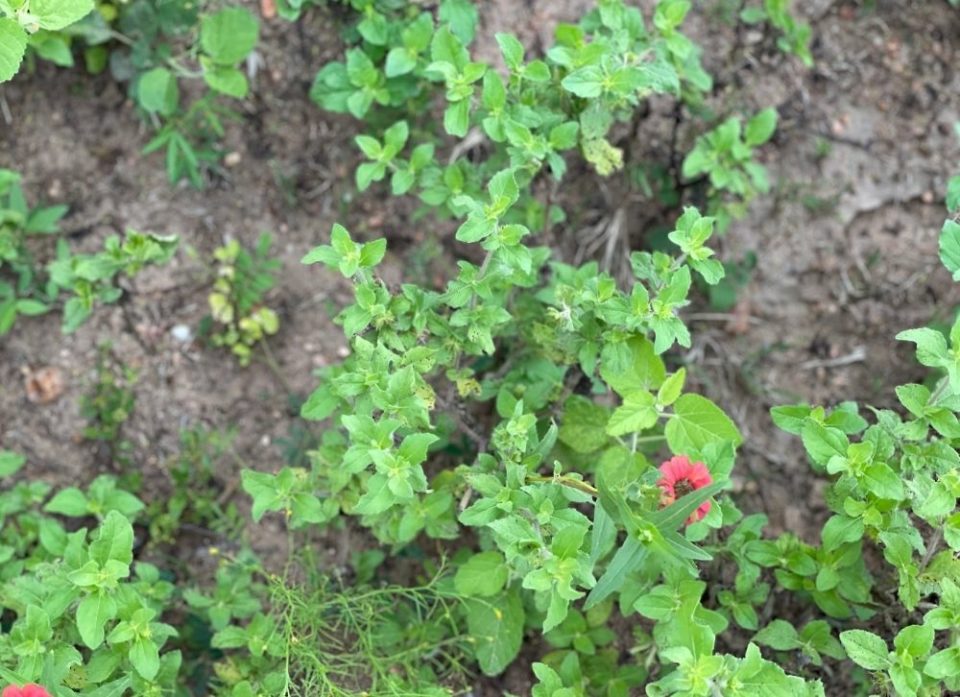
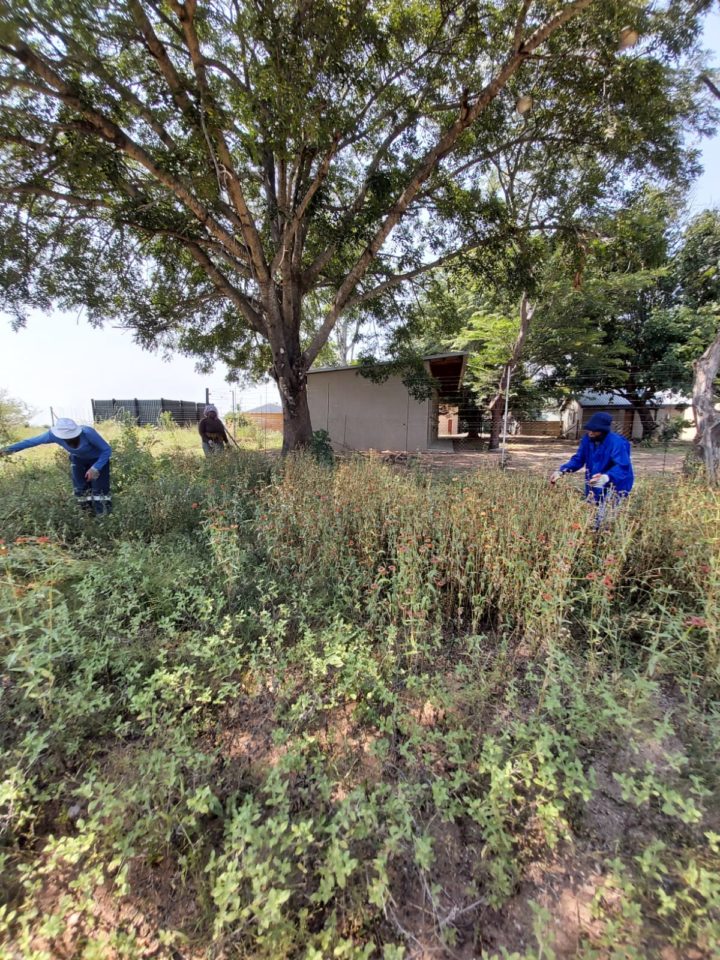
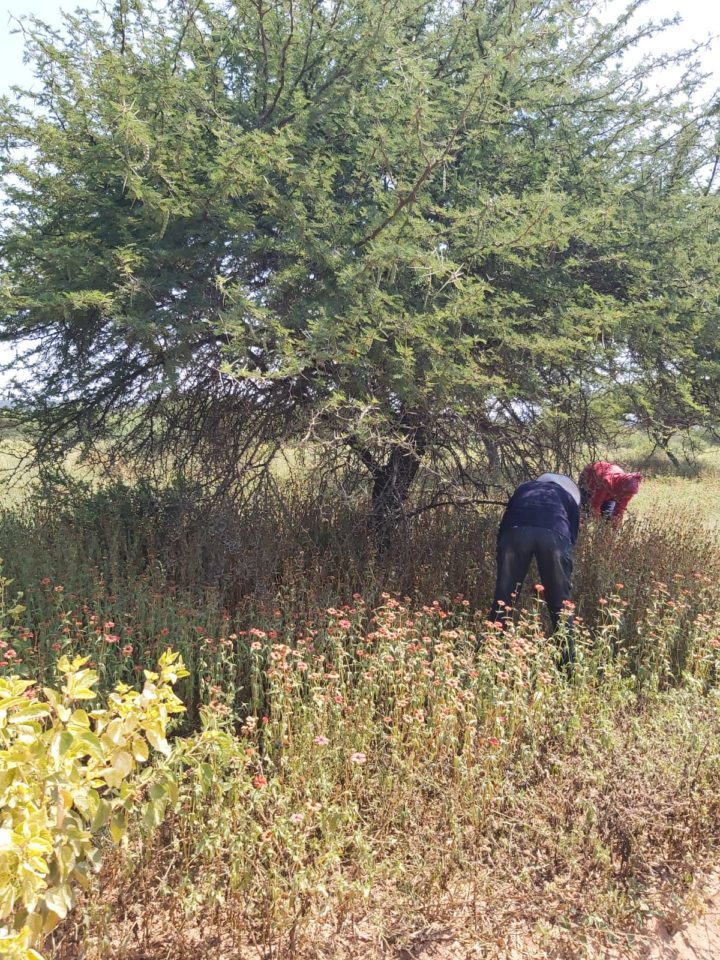
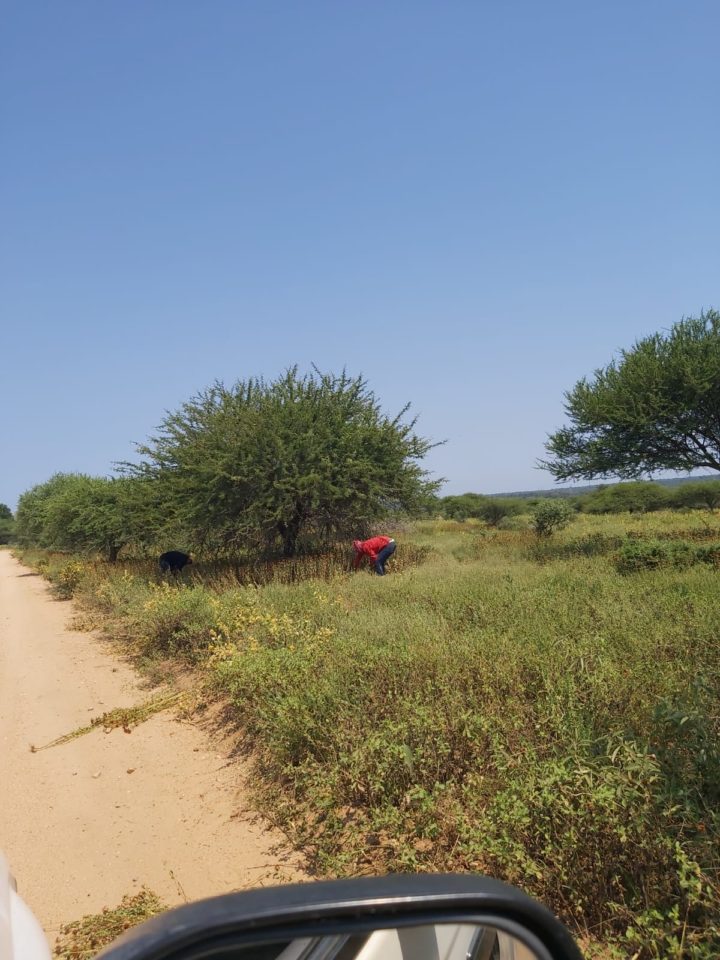
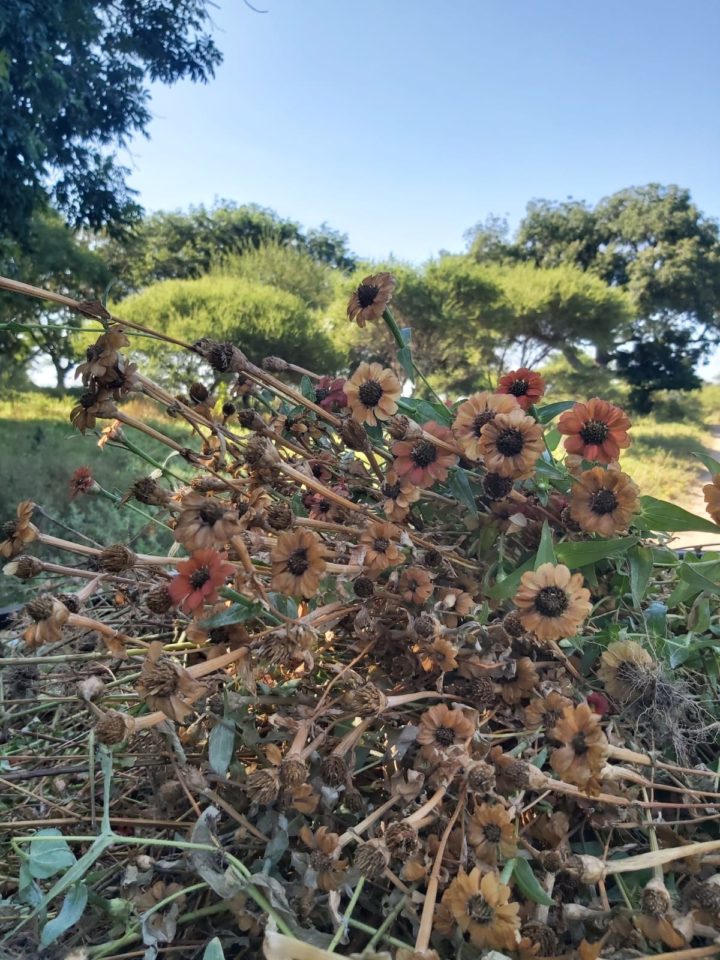
Elephants, the Great Ecosystem Engineers
Interestingly, as much as elephants can take out of the wilderness, they are vital in giving back…
Elephants are generally referred to as ecosystem engineers, because of the significant role they play in modifying and shaping the landscape. They often push over and uproot trees. These decomposing trees, in turn, create a new habitat for small mammals and thousands of insect species. Elephants strip trees of their bark – after which the tree usually dies. They clear areas that are overgrown with thick strands of encroaching small trees, making these areas more accessible to other animals.
Thank you again for your kindness and support and to everyone that has contributed to this important project.
Read more:



 Comment
Comment
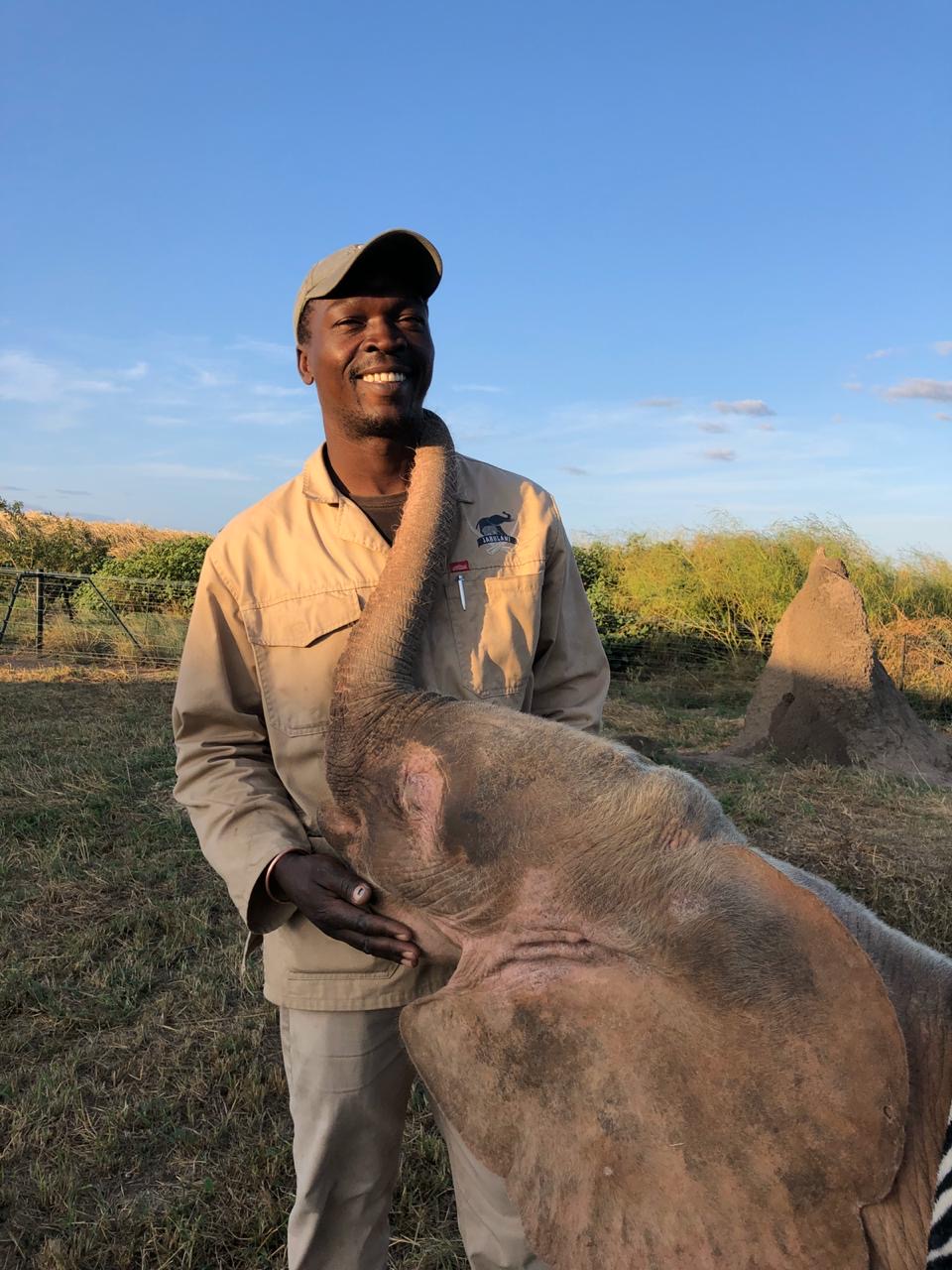





Land conservation is as big a need as saving the elephants and animals. With out habitat to provide a food source — nothing is sustainable.
—Seattle🇺🇸